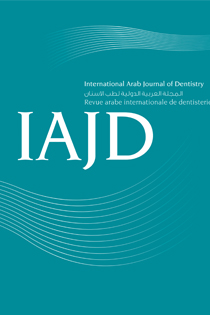Abstract
Barrier membranes can be mainly classified into bio-resorbable and non-resorbable membranes. Each one of them has its own properties; including biocompatibility, appropriate barrier features (mechanical prevention of soft tissue proliferation), tissue integration, immunologic neutrality, preservation of the space for new alveolar bone, and simplicity of application. Such membrane must hold out against the masticatory forces and tissue tension of the flap and prevent the collapse of soft tissues and wound space reduction. The property of integration into the tissue guarantees wound stabilization and inhibits epithelial migration. The aim of this review was to compare and evaluate the influence of bio-resorbable barrier membranes and non-resorbable barrier membranes on bone regeneration.

